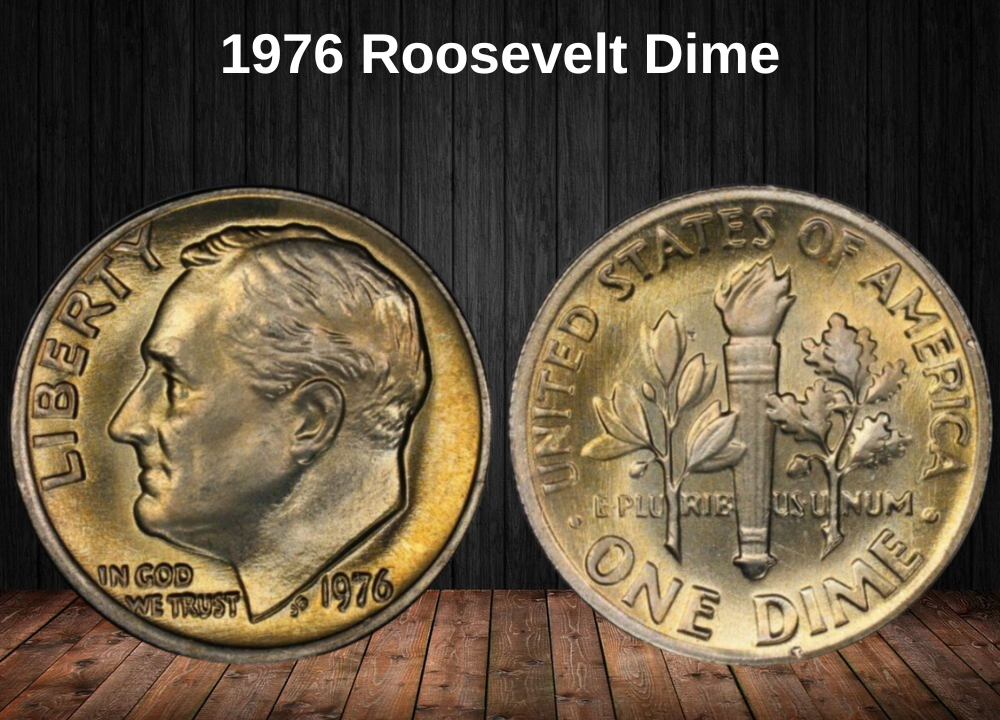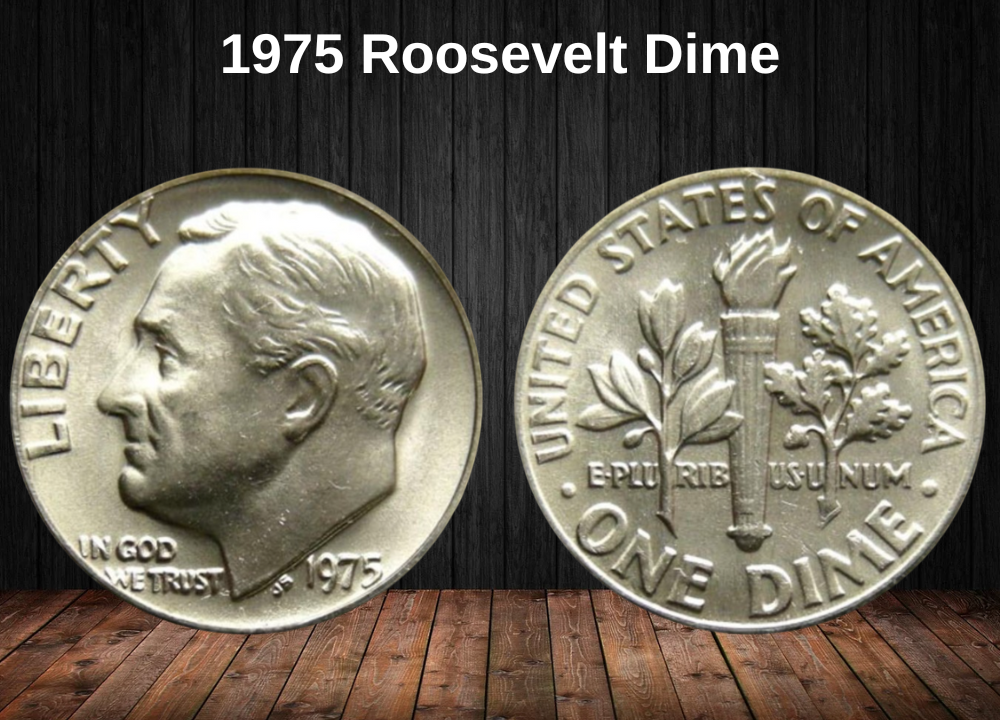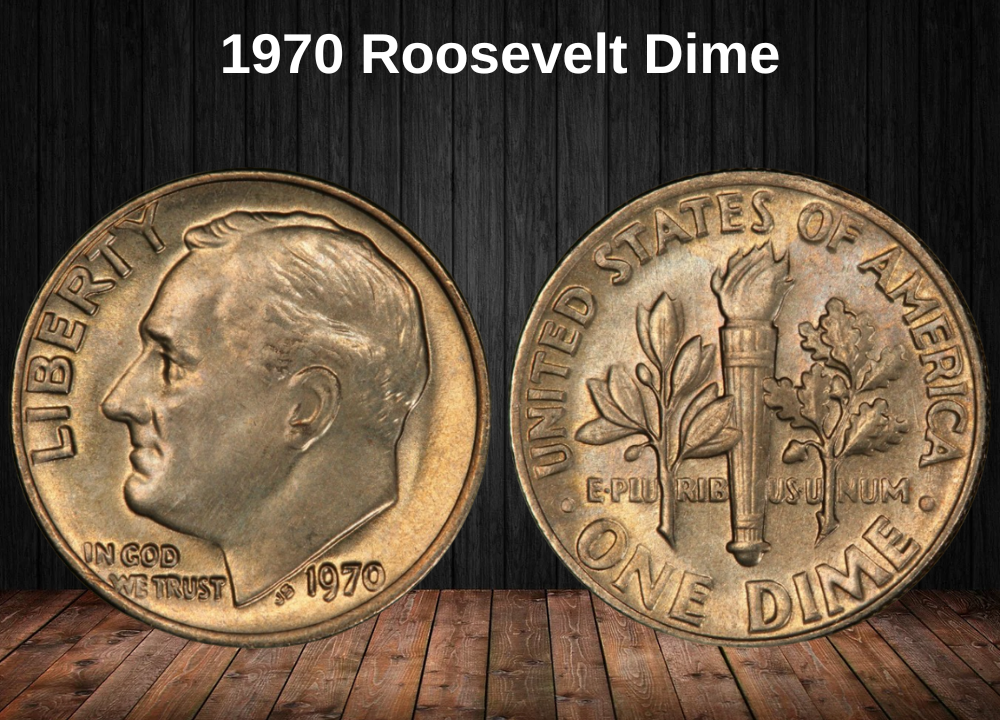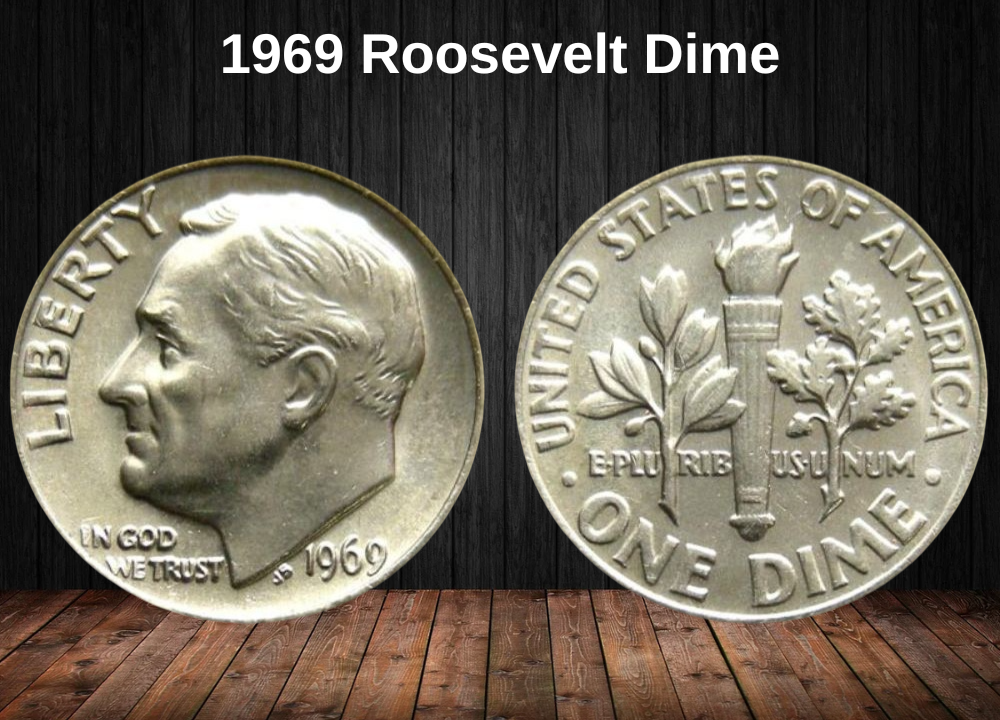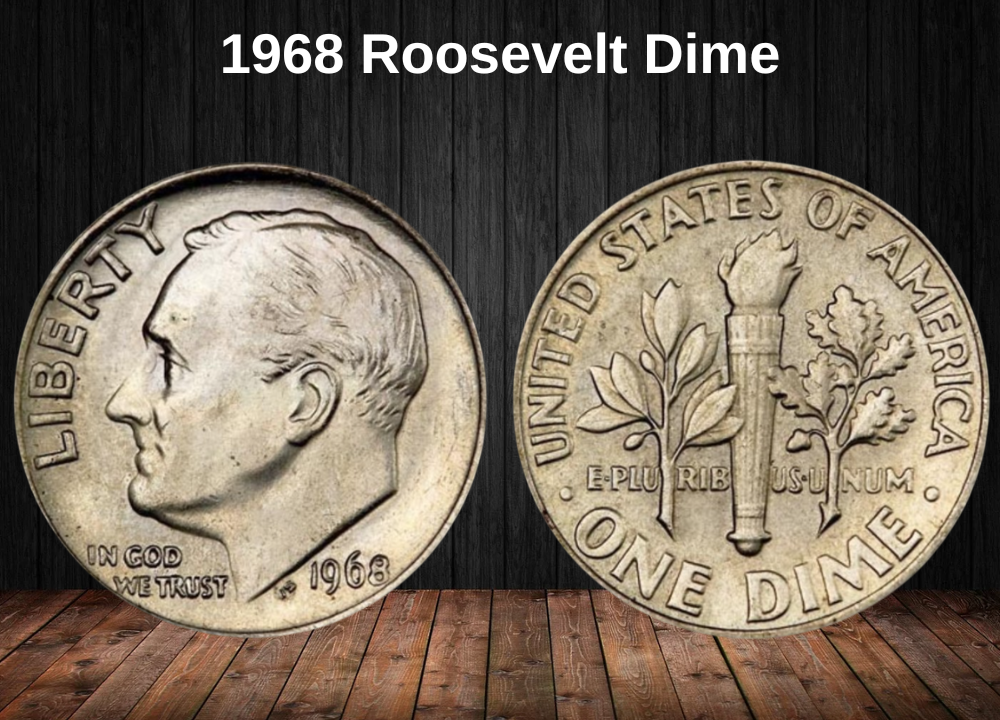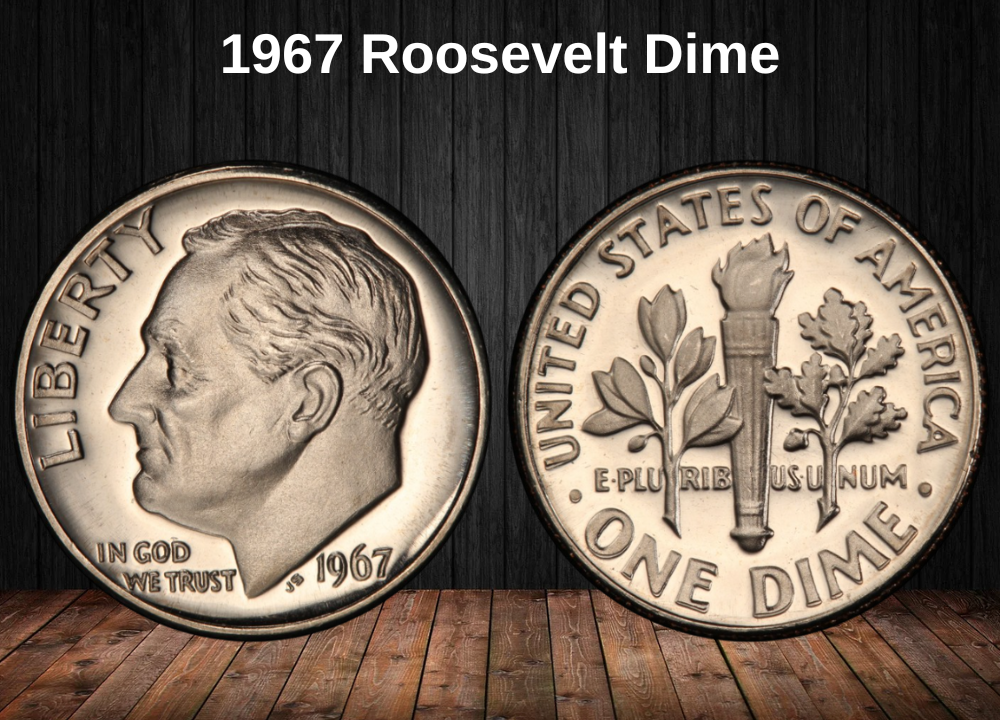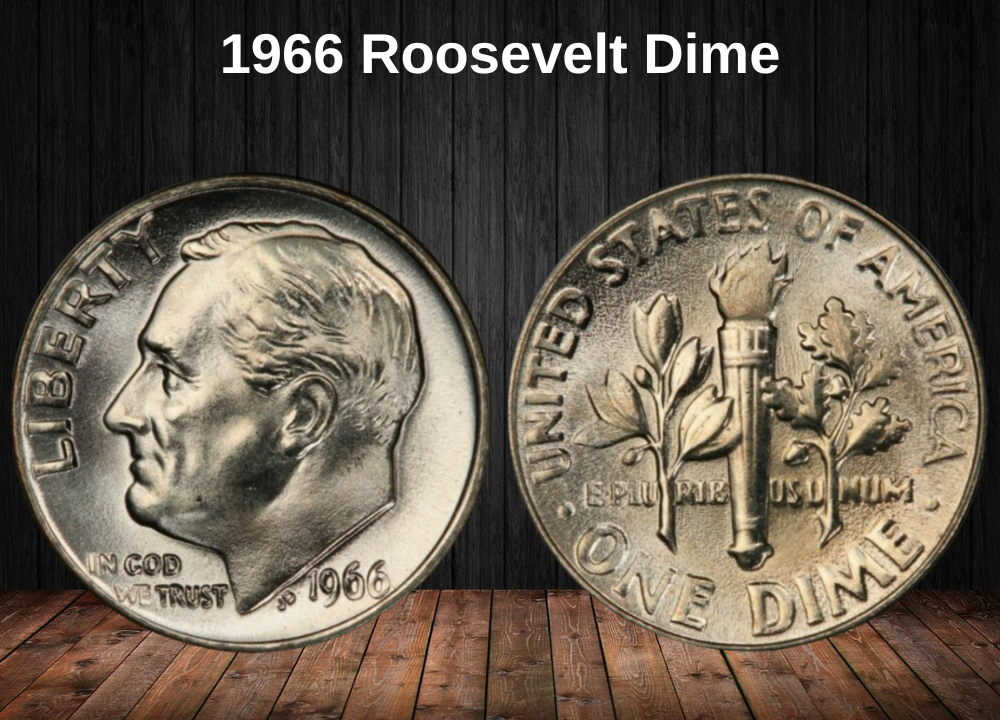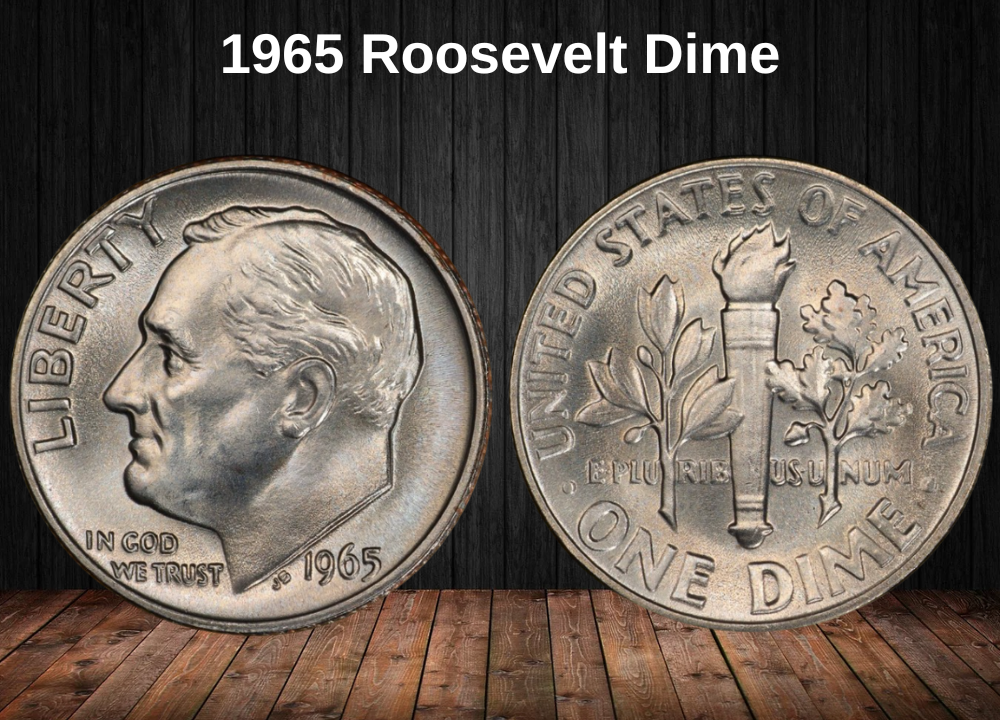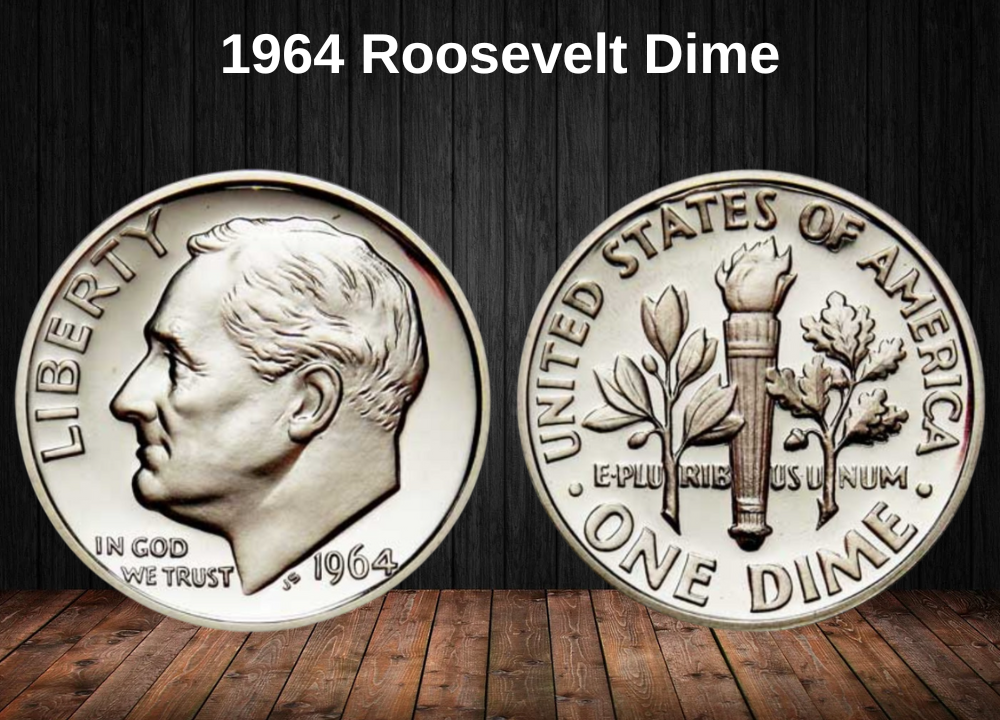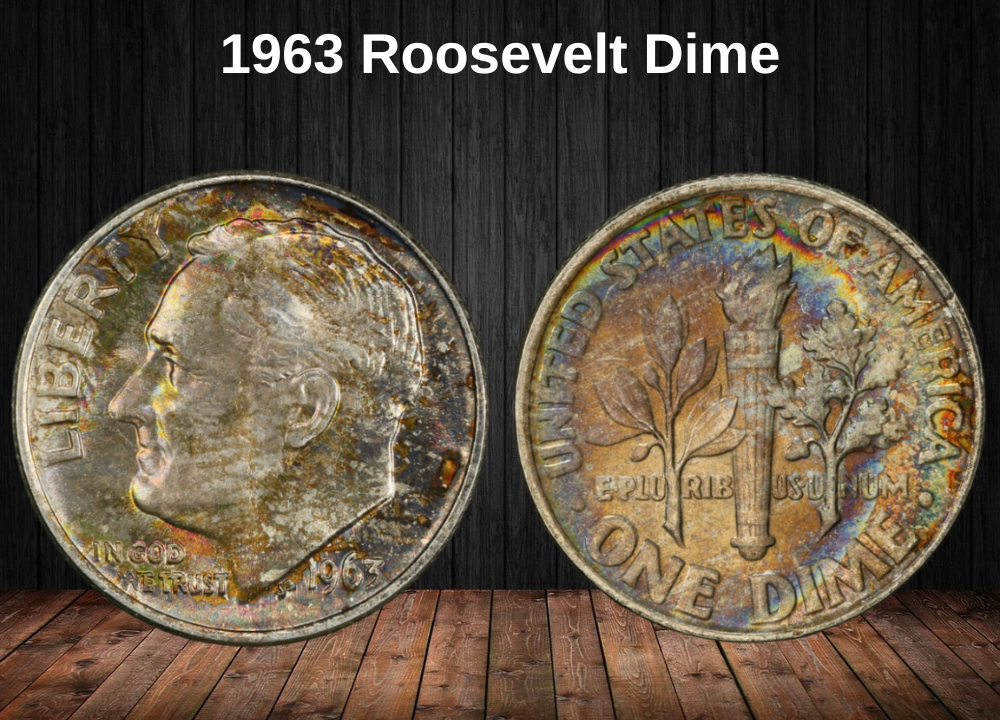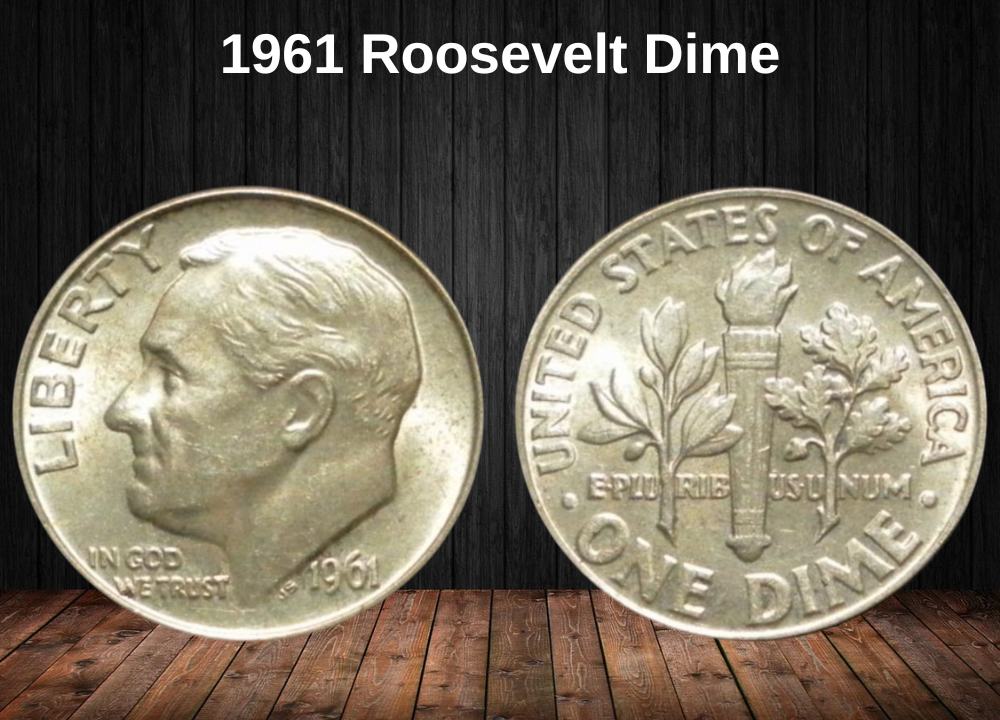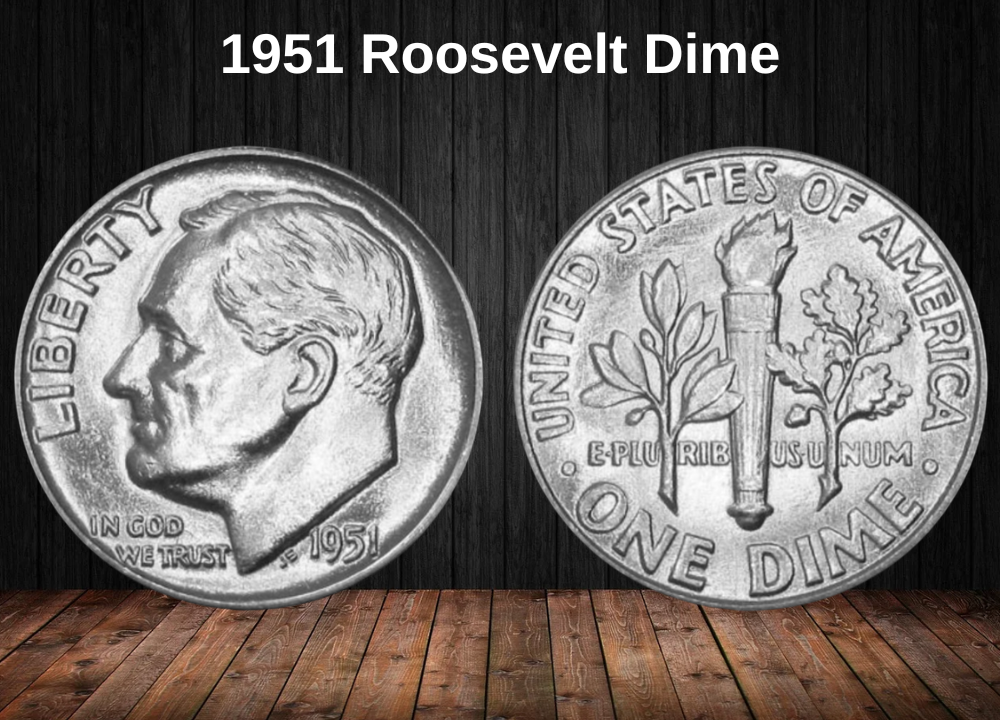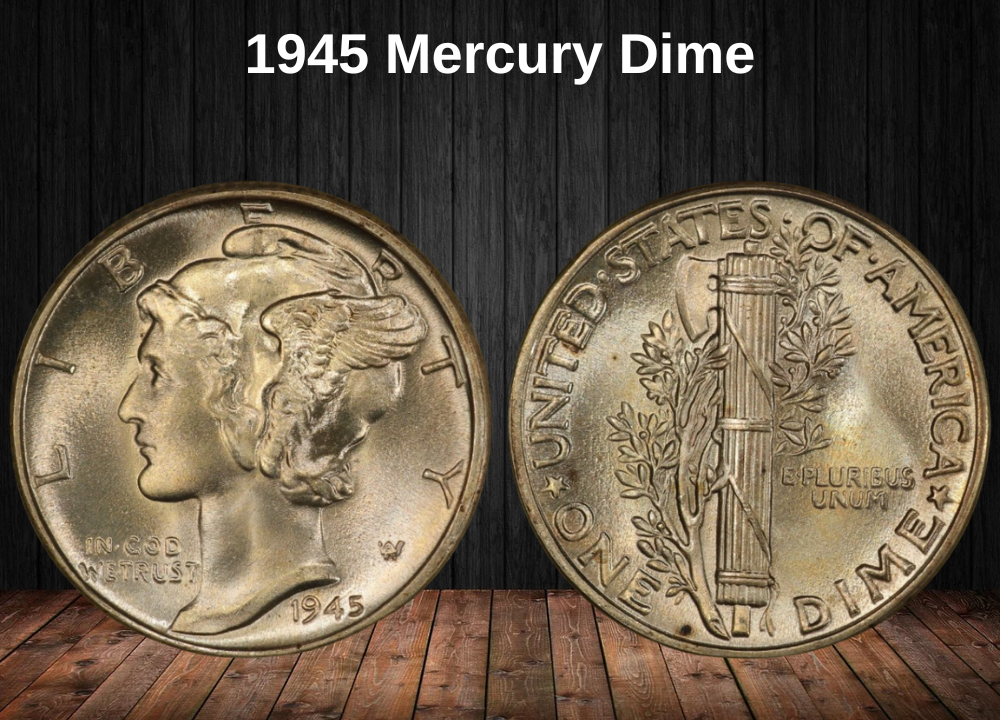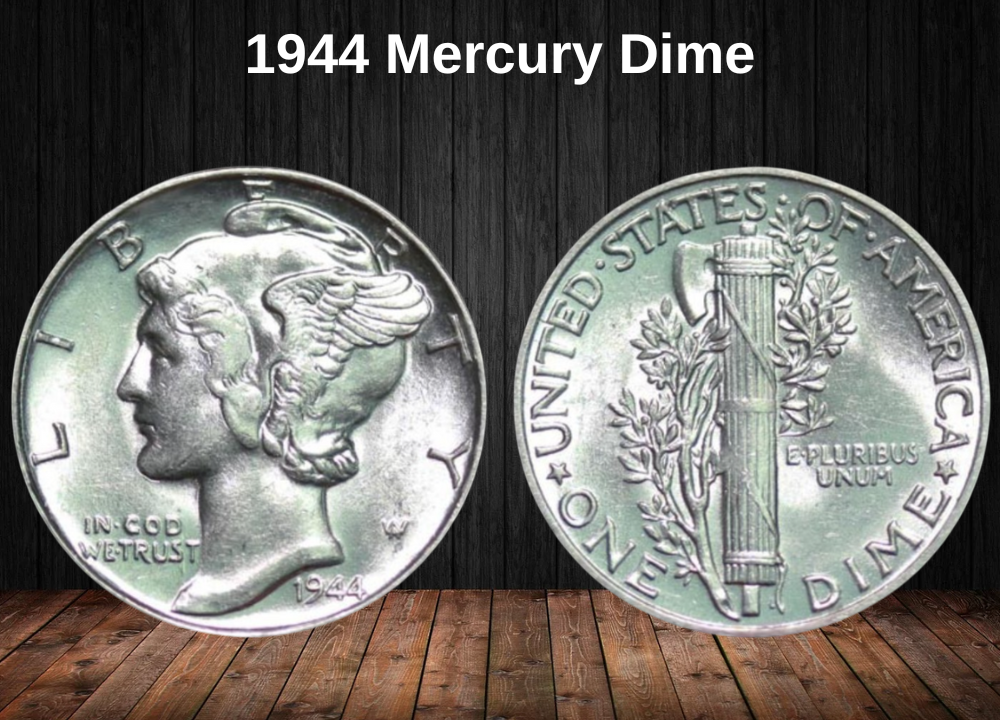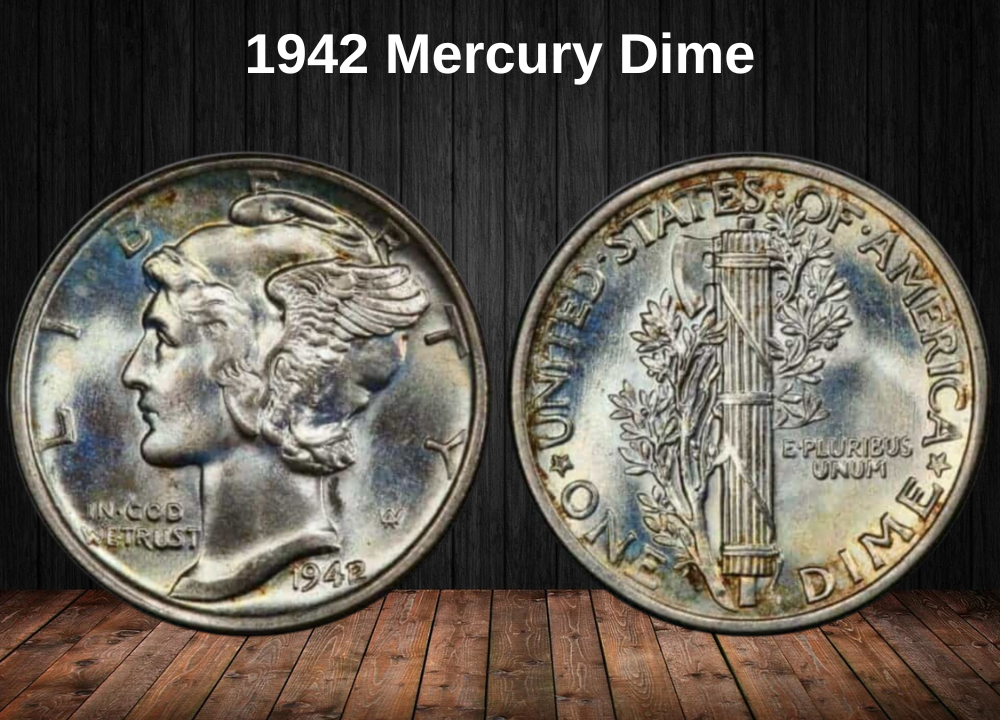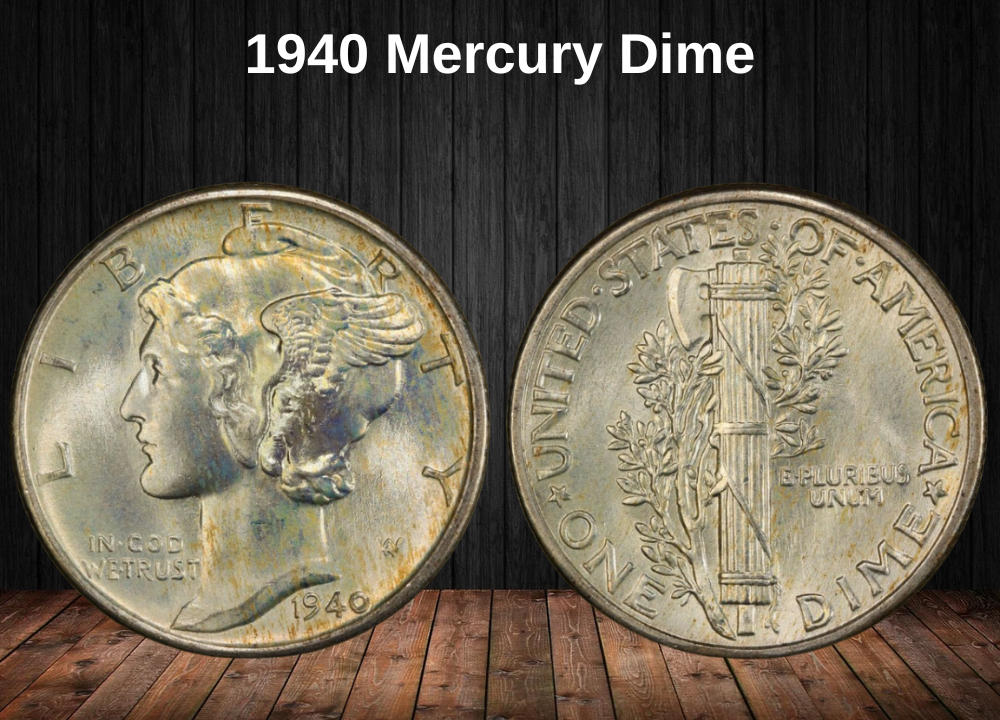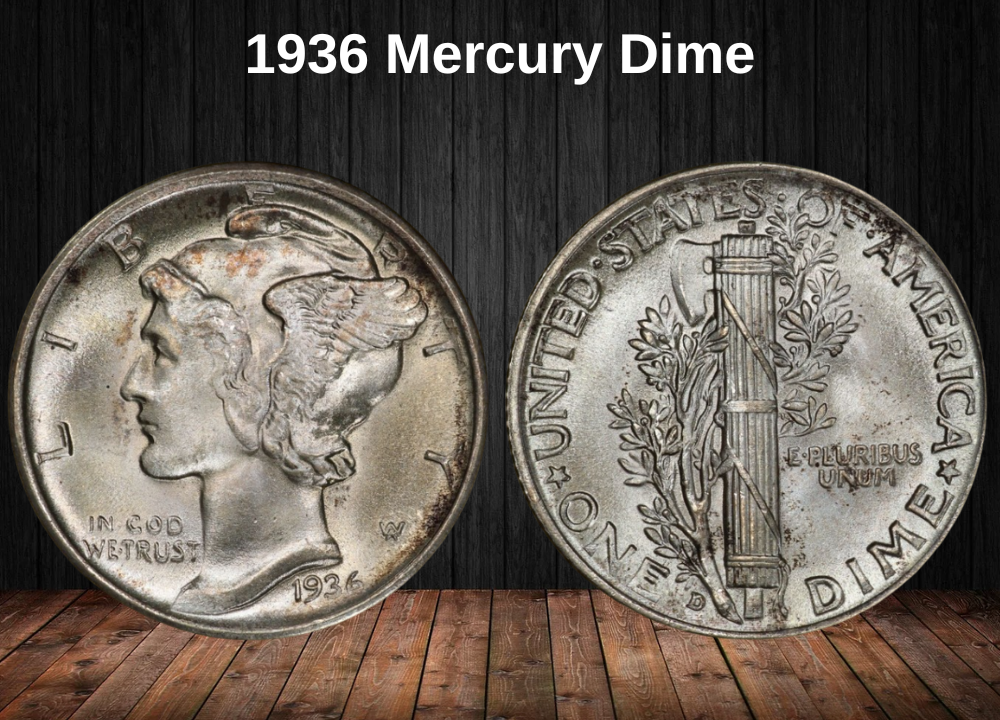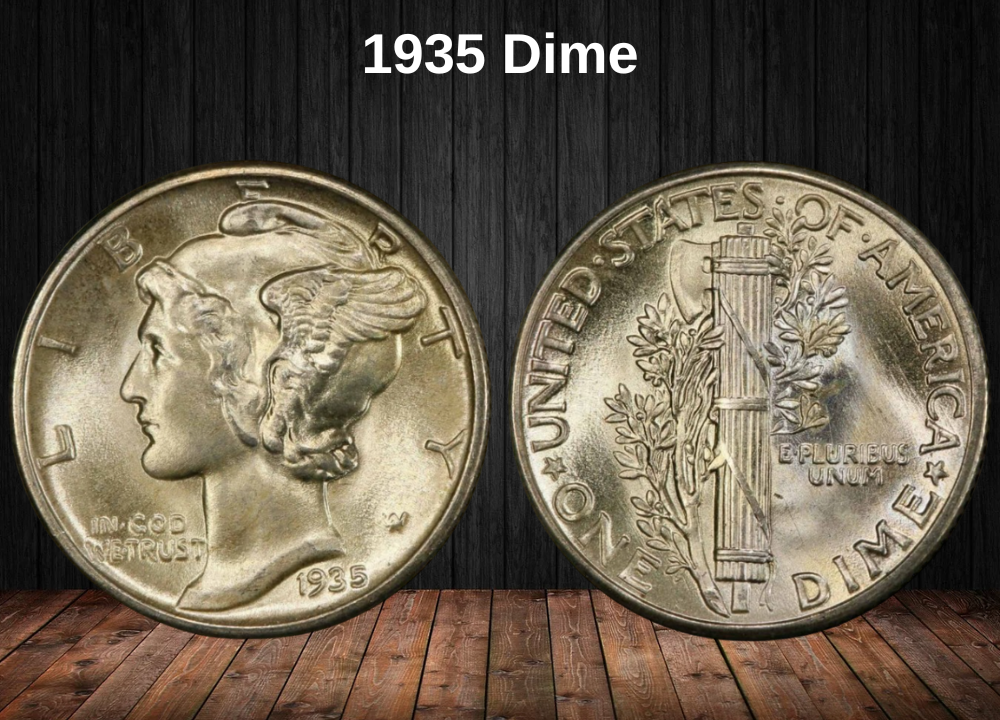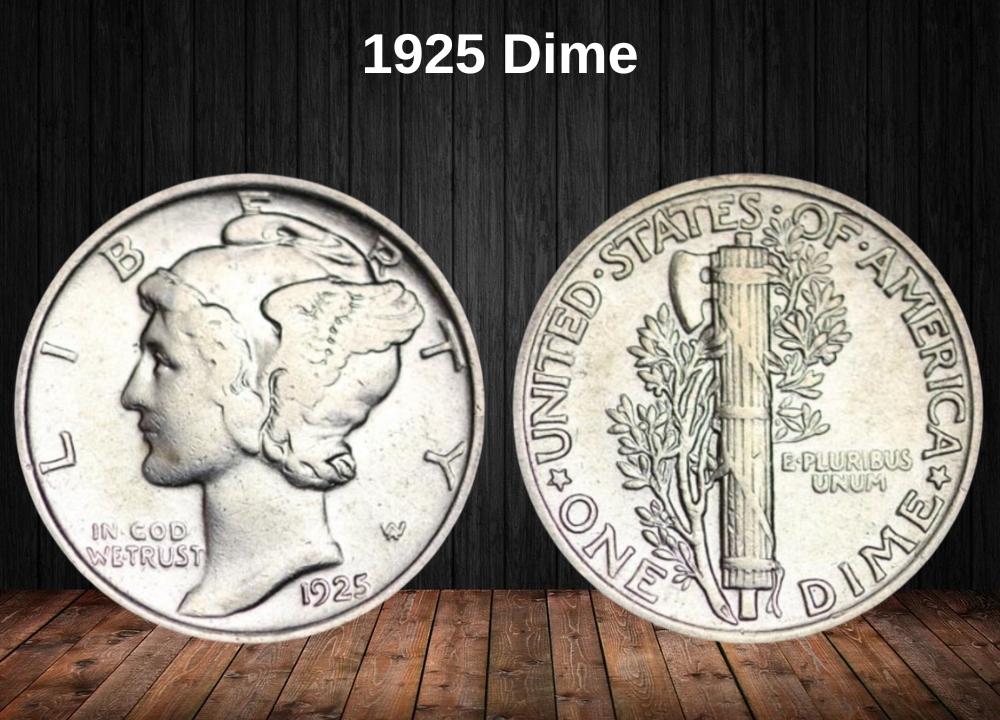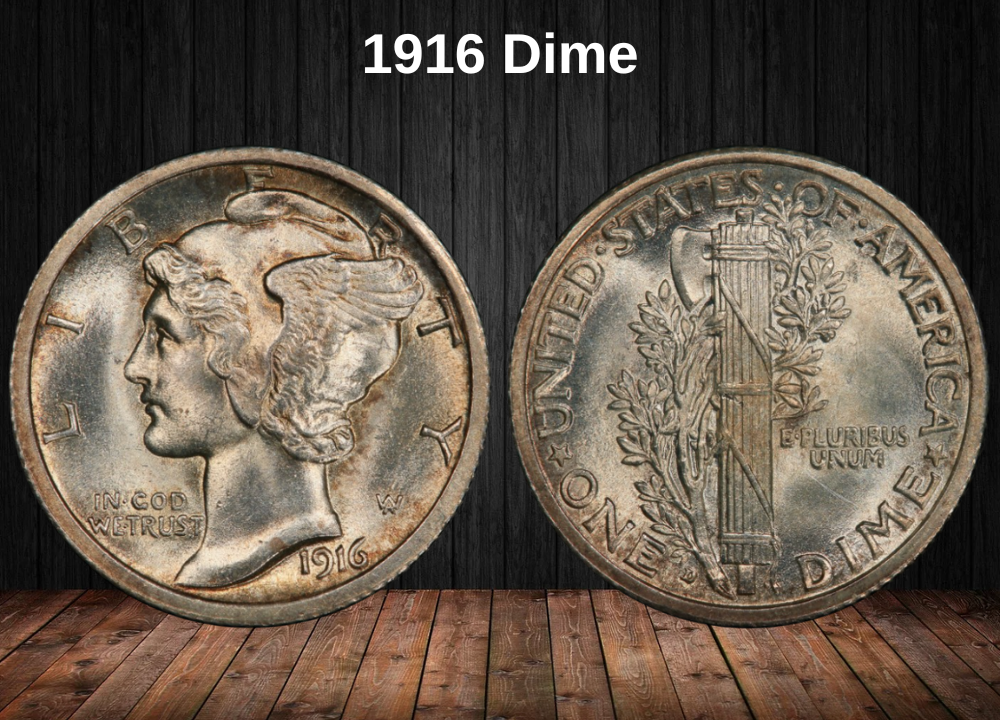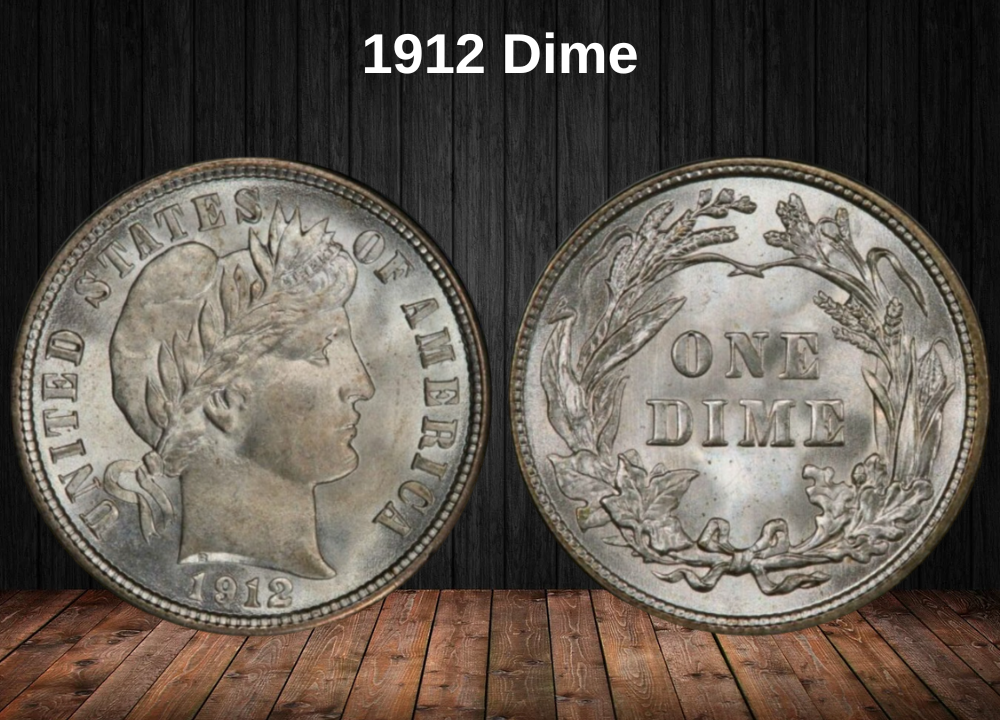The 1913 Barber dime is part of the iconic coin series designed by Charles E. Barber and struck by the United States Mint between 1892 and 1916. While its face value is just ten cents, its actual market value can be significantly higher, depending on factors such as condition, rarity, and the presence of minting errors.
In 1913, the Barber dime was minted in only two locations: Philadelphia (no mint mark) and San Francisco (mint mark “S”). Philadelphia produced these coins in large quantities, making them relatively accessible to collectors. In contrast, the 1913-S Barber dime had a much lower mintage, making it the key date for that year and one of the most sought-after Barber dimes overall.
The highest prices are achieved by coins in Mint State condition or Proof strikes, especially those with original luster and sharp details. Well-preserved examples can sell for thousands of dollars at auction, and certain rare errors or varieties can push values even higher.
1913 Dime Value Chart
| Mint Mark | Good | Fine | Extremely Fine | Uncirculated |
| 1913 No Mint Mark Dime Value | $12 | $20 | $45 | $210-$8,000 |
| 1913 S Mint Mark Dime Value | $60 | $200 | $355 | $1,300$12,500 |
History of the 1913 Barber Dime

The Barber dime takes its name from its designer, Charles E. Barber, Chief Engraver of the U.S. Mint from 1879 to 1917. This series replaced the unpopular Seated Liberty dime and remained in production until it was succeeded in 1916 by the celebrated Mercury dime.
Production of the 1913 Barber dime was divided between:
- Philadelphia (No Mint Mark) – The majority of the year’s mintage, including special Proof coins for collectors.
- San Francisco (“S”) – The lowest mintage of the year, now considered the rarest and most valuable 1913 issue.
The design followed the traditional style of the Barber series:
- Obverse: Lady Liberty facing right, wearing a Phrygian cap adorned with a laurel wreath and a ribbon inscribed with LIBERTY.
- Reverse: A wreath of oak and maple leaves, wheat, and corn surrounding the inscription ONE DIME, with the mint mark (if present) located beneath the bow at the bottom.
The year 1913 came just before the end of the Barber dime’s production run, making these coins both historically significant and highly collectible—especially the elusive 1913-S, which remains a key date in U.S. numismatics.
Features of the 1913 Barber Dime
The 1913 Barber dime was designed by Charles E. Barber, the U.S. Mint’s Chief Engraver from 1879 to 1917, and one of the most influential coin designers in American numismatic history. Struck between 1892 and 1916, these dimes were part of the Barber coinage series, which also included the Barber quarter and Barber half dollar.
Obverse of the 1913 Barber Dime
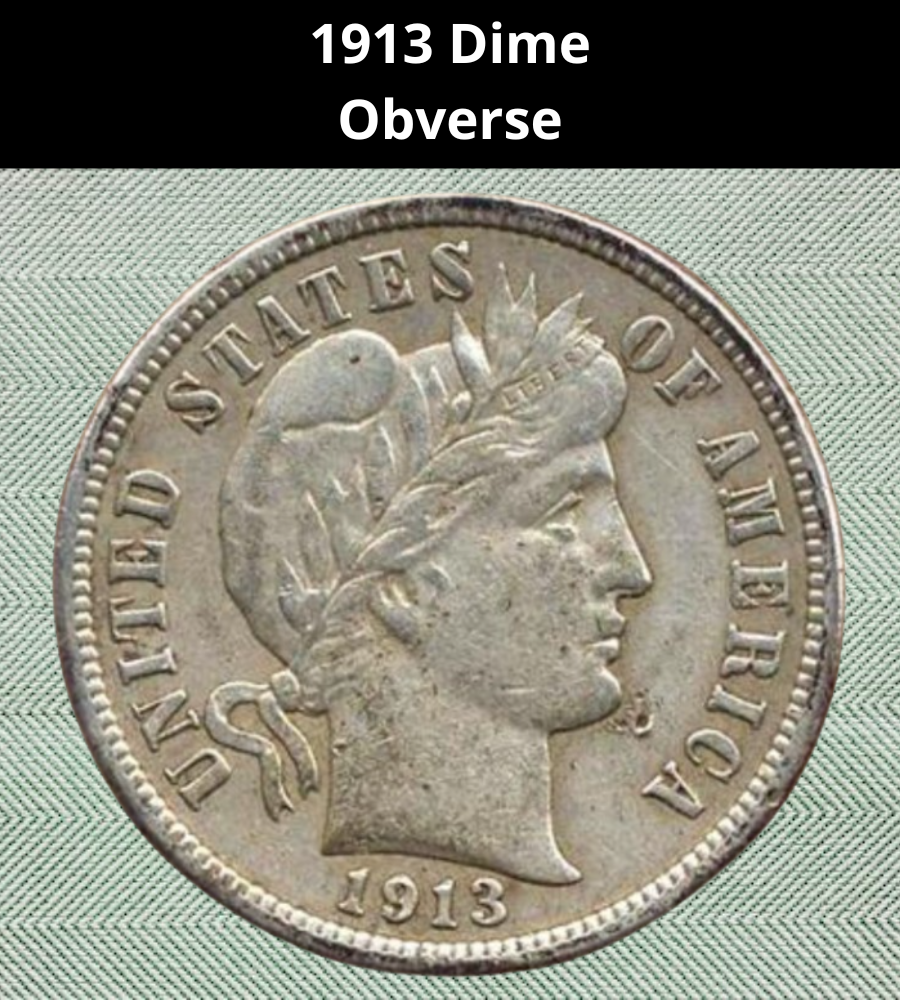
The obverse displays the head of Lady Liberty facing right, wearing a Phrygian cap decorated with a laurel wreath tied with a ribbon. The word LIBERTY appears on the band of the cap.
Barber’s design was inspired by French coins and medals influenced by classical Greco-Roman sculpture. Along the rim, the following inscriptions are arranged:
- UNITED STATES
- OF AMERICA
- 1913
The initial “B”, representing Barber’s surname, is engraved on the truncation of Liberty’s neck to the left.
Reverse of the 1913 Barber Dime
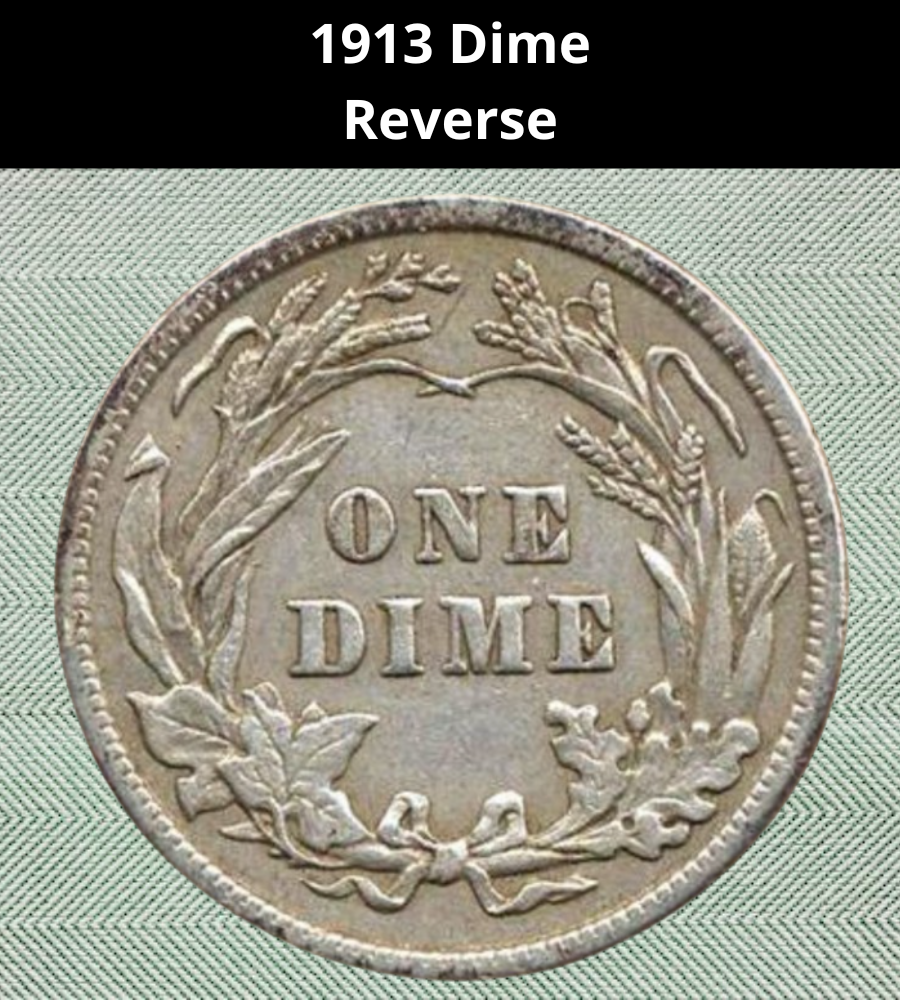
The reverse features a wreath composed of oak leaves, maple leaves, wheat, and corn, tied together at the bottom with a ribbon bow. At the center is the denomination ONE DIME.
Below the bow is the mint mark—S for San Francisco or blank for Philadelphia issues.
1913 Barber Dime Specifications
- Face Value: $0.10 (ten cents)
- Shape: Round
- Composition: 90% silver, 10% copper
- Type: Standard circulation coin
- Diameter: 17.91 mm (0.705 in)
- Weight: 2.50 g (0.08038 troy oz)
- Silver Weight: 2.25 g (0.07234 troy oz)
- Minting Technique: Milled
- Thickness: 1.35 mm (0.053 in)
- Edge: Reeded
The 1913 Barber dime is a finely crafted silver coin whose design combines durability with the elegant, neoclassical artistry typical of late 19th and early 20th-century U.S. coinage.
1913 Barber Dime Grading
Because the 1913 Barber dime is now more than a century old, it is best graded by professional numismatists. Professional evaluation ensures accuracy and helps preserve its market value. Avoid cleaning your dime, as this can permanently damage its surfaces and reduce its worth.
Below are some of the most common grades for 1913 Barber dimes and how they are identified:
AG 3 (About Good)
Heavily worn, with nearly all details faint or gone. The rim blends into the lettering and reverse wreath, making separation hard to see.
G 4 (Good)
Slightly more defined than AG 3, with a few visible details. The reeded edge remains intact.
VG 8 (Very Good)
Some wreath details visible; at least three letters in the word LIBERTY are clear.
F 12 (Fine)
All letters in LIBERTY are visible. The wreath has more definition compared to lower grades.
VF 20 (Very Fine)
Full laurel wreath detail is visible, LIBERTY is sharp, and the reverse shows stronger definition.
EF 40 (Extremely Fine)
Reverse details are crisp, obverse hairlines show depth, and there is only minor wear on high points.
AU 50 (About Uncirculated)
Almost full original luster with minimal wear, seen only on the highest points.
MS 60+ (Mint State)
No wear, full details, and original surfaces. Some small marks or hairlines may be present, but no signs of cleaning.
1913 Barber Dime Sheldon Scale Reference
| # | Grade |
|---|---|
| 1 | Basal State-1 |
| 2 | Fair |
| 3 | Very Fair |
| 4,5,6 | Good |
| 7,8,10 | Very Good |
| 12,15 | Fine |
| 20,30 | Very Fine |
| 40 | Extremely Fine |
| 50 | About Uncirculated |
| 60 | Mint State |
| 65 | Mint State |
| 70 | Mint State |
1912 Barber Dime Value Guides
The 1913 Barber dime was designed by Charles E. Barber, Chief Engraver of the United States Mint from 1879 to 1917. The Barber dime series ran from 1892 to 1916, replacing the Seated Liberty design, which had grown unpopular with the public. Alongside the dime, Barber also created the Barber quarter and Barber half dollar.
Background on Charles E. Barber
Charles Barber was born in London in 1840 and emigrated to the United States in the early 1850s with his family, led by his grandfather, an engraver. His father, William Barber, became an Assistant Engraver at the U.S. Mint in 1865 under Chief Engraver James B. Longacre, later succeeding Longacre as Chief Engraver.
When William Barber passed away, Charles was appointed Chief Engraver after competing against fellow British-born engraver George T. Morgan. Barber would serve under nine U.S. presidents until his death in 1917.
The Barber dime design was created after legislation allowed for changes to the designs of the half dollar, quarter, and dime. Although a public design competition was initially planned, disputes over compensation led Mint Director Edward O. Leech to instruct Barber to prepare the new designs himself. The final patterns were approved in late 1891, and the first Barber dimes were struck on January 2, 1892.
1913 No Mint Mark Dime Value (Philadelphia Mint)
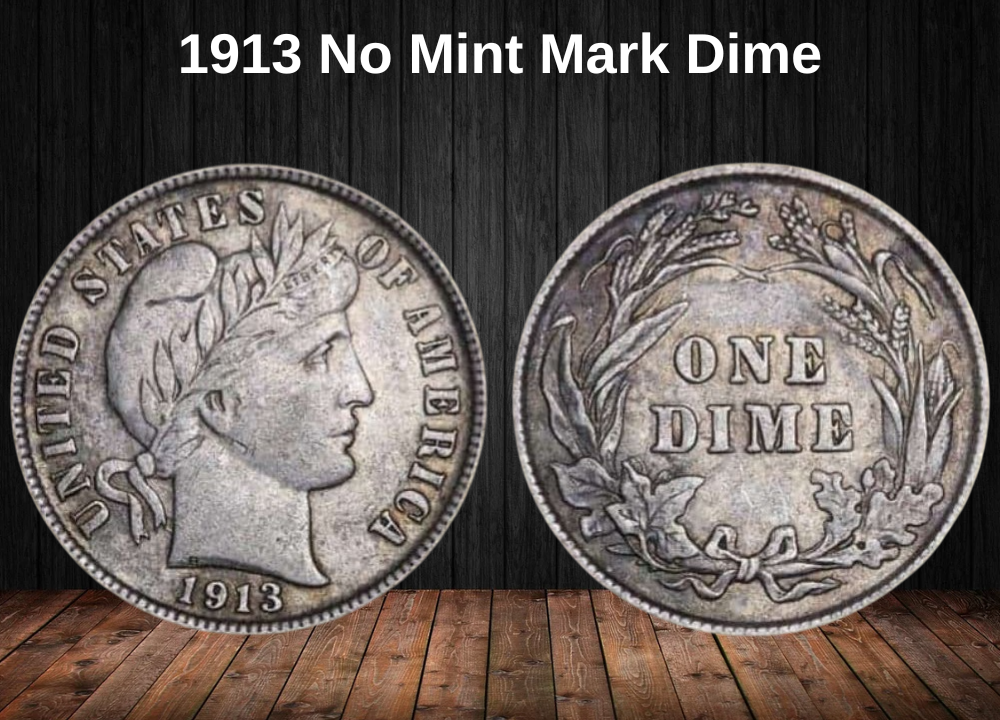
The 1913 no mint mark dime was struck at the Philadelphia Mint, with a total mintage of 19,760,622 coins. These dimes are composed of 90% silver and 10% copper, have a diameter of 17.9 mm, weigh 2.5 g, and feature a reeded edge.
Design Details
- Obverse: Right-facing bust of Liberty wearing a Phrygian cap with a laurel wreath, inscribed with LIBERTY on the headband. Around the rim appears UNITED STATES OF AMERICA and the date 1913. Barber’s initial “B” is located at the truncation of the neck.
- Reverse: A wreath of oak leaves, maple leaves, corn, and wheat surrounds the inscription ONE DIME, with the mint mark position (blank for Philadelphia) just below the bow.
Value
Circulated examples are generally affordable, with most selling between $100 and $225 in average Mint State grades. Uncirculated examples range from $210 to $6,750 depending on the Sheldon grade scale.
One of the highest auction results for this coin was achieved on February 23, 2023, when a PCGS MS67 example sold for $7,334 at Legend Rare Coin Auctions.
1913 S Mint Mark Dime Value (San Francisco Mint)
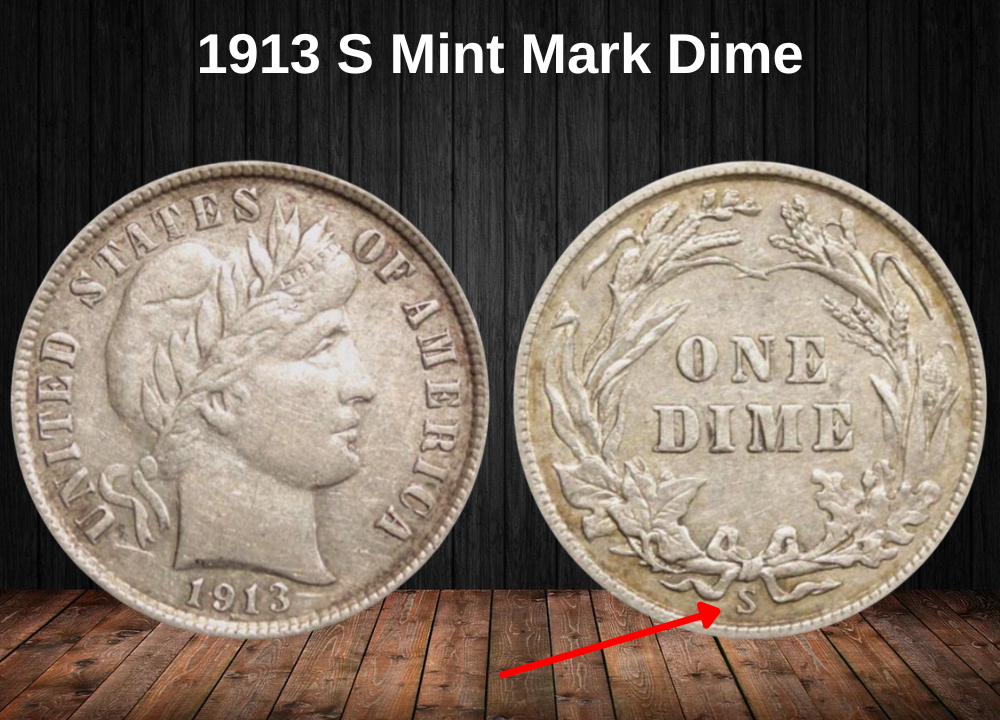
The 1913-S Barber dime was struck at the San Francisco Mint, with only 510,000 coins produced. This is the third-lowest mintage of any U.S. dime, making it a key date in the series. The mint mark “S” appears below the wreath on the reverse.
Value
Finding 1913-S dimes in circulated condition is challenging, and prices start around $675 for lower grades. In Mint State, they can reach $12,500 or more, with top-graded MS67+ examples commanding premium prices according to PCGS records.
1913 Proof Dime Value
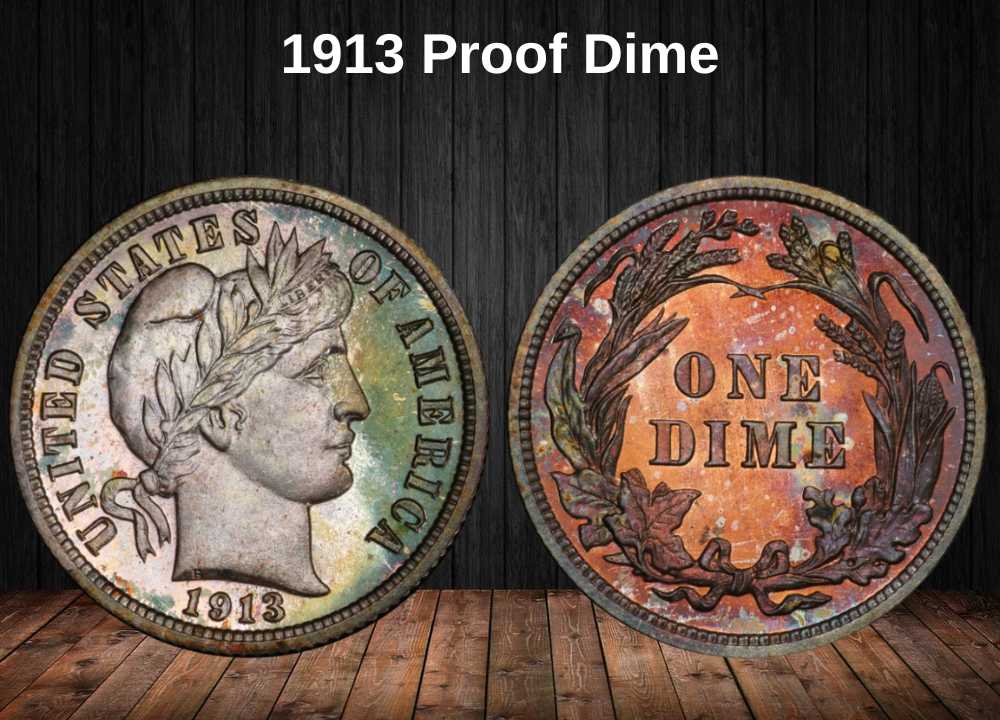
The Philadelphia Mint also produced 622 proof dimes in 1913 for collectors. These coins are distinguished by their mirror-like fields and frosted design elements, a finish known as Cameo when the contrast is strong.
Value
- Common Proof grades can sell for several thousand dollars.
- A PR69 example sold for $37,600 in 2017 (PCGS record).
- A PR67+CAM sold for $8,519 in 2017 at Legend Rare Coin Auctions.
High-grade Cameo and Deep Cameo proofs are especially prized and can bring $30,000 or more in today’s numismatic market.
Rare 1913 Barber Dime Errors List
The 1913 Barber dime is already considered scarce, and locating genuine error examples from this year is exceptionally rare—finding one would be close to a miracle for collectors. While a few die-related errors are believed to exist, the coin’s detailed relief design often makes them difficult to spot without magnification.
If you encounter a supposed error coin, it is essential to confirm that it is a true mint error and not post-mint damage caused by wear, alteration, or intentional tampering. Many damaged coins are mistakenly—or misleadingly—offered as mint errors, so authentication by a reputable grading service is strongly recommended before purchase.
Genuine 1913 Barber dime errors, if verified, can command substantial premiums due to their rarity, but caution and professional verification are key when evaluating such pieces.
Where to Sell Your Dime Coin?
Now that you know the value of your dime, the next step is deciding where to sell it. There are several trusted options—both online and in person—that can help you get the best price depending on your coin’s rarity and condition.
To see the full list of recommended places, along with their advantages and disadvantages, check our complete guide on where to sell your dime coins.
1913 Dime FAQs
How Can You Tell if a Dime is Rare?
One way to determine if a dime is rare is by checking its mint mark, mintage numbers, and condition. For example, dimes with the “CC” mint mark (Carson City), struck between 1871 and 1874, are extremely rare, with an estimated 10,000 pieces minted in total. For the Barber dime series, key dates like the 1913-S are highly sought after due to their low mintage.
What Barber Dime is Worth Millions?
The most famous and valuable is the 1894-S Barber dime. Only 24 were struck, allegedly at the request of San Francisco Mint Superintendent John Daggett. According to the story, Daggett gave three coins to his daughter, who spent one on ice cream. Today, surviving examples are worth millions of dollars.
What Barber Dimes are Rare?
Some of the rarest Barber dimes include the 1894-S, 1893, 1895-O, and the 1913-S. These dates are prized by collectors and can sell for substantial amounts, especially in Mint State condition.
What Other Coins Did Charles E. Barber Design?
In addition to the Barber dime, quarter, and half dollar, Charles Barber also co-designed the $4 U.S. gold Stella (1879–1880) with George T. Morgan, created the Liberty Head “V” Nickel (1883–1913), and designed coins for Hawaii (1883), Cuba, and Venezuela. Notable designs include the Columbian Half Dollar (1892–1893), the Isabella Quarter (1893), and the Lafayette Dollar (1900).
Where is the Mint Mark on a 1913 Barber Dime?
The mint mark is located on the reverse side, just below the wreath bow. Philadelphia coins have no mint mark, while San Francisco issues display an “S.”
How Much is a 1913 Barber Dime Worth Today?
Value depends on mint mark and grade. A 1913 no mint mark dime in circulated condition might sell for $100–$225, while an uncirculated MS67 can reach over $7,000. The rare 1913-S starts around $675 in lower grades and can exceed $12,000 in top Mint State condition.
Are There Any Known Errors for the 1913 Dime?
Genuine mint errors are extremely scarce for the 1913 Barber dime. A few die errors may exist, but they are hard to spot due to the coin’s intricate design. Always have potential error coins authenticated by a professional grading service.
Does the 1913 Barber Dime Have Silver Value?
Yes. Each 1913 Barber dime contains 90% silver and 10% copper, with a silver weight of 2.25 g (0.07234 troy ounces). Its melt value will vary with the silver market, but collectible value is usually much higher.
Should I Get My 1913 Barber Dime Graded?
If your coin is in high grade, appears uncirculated, or is the rare 1913-S variety, grading can help confirm authenticity and maximize its selling price. For common circulated examples, grading may not be cost-effective.
Where Can I Sell a 1913 Barber Dime?
You can sell through reputable coin dealers, major auction houses, certified coin shows, or trusted online marketplaces. For the best results, consult our detailed guide on where to sell dime coins.

